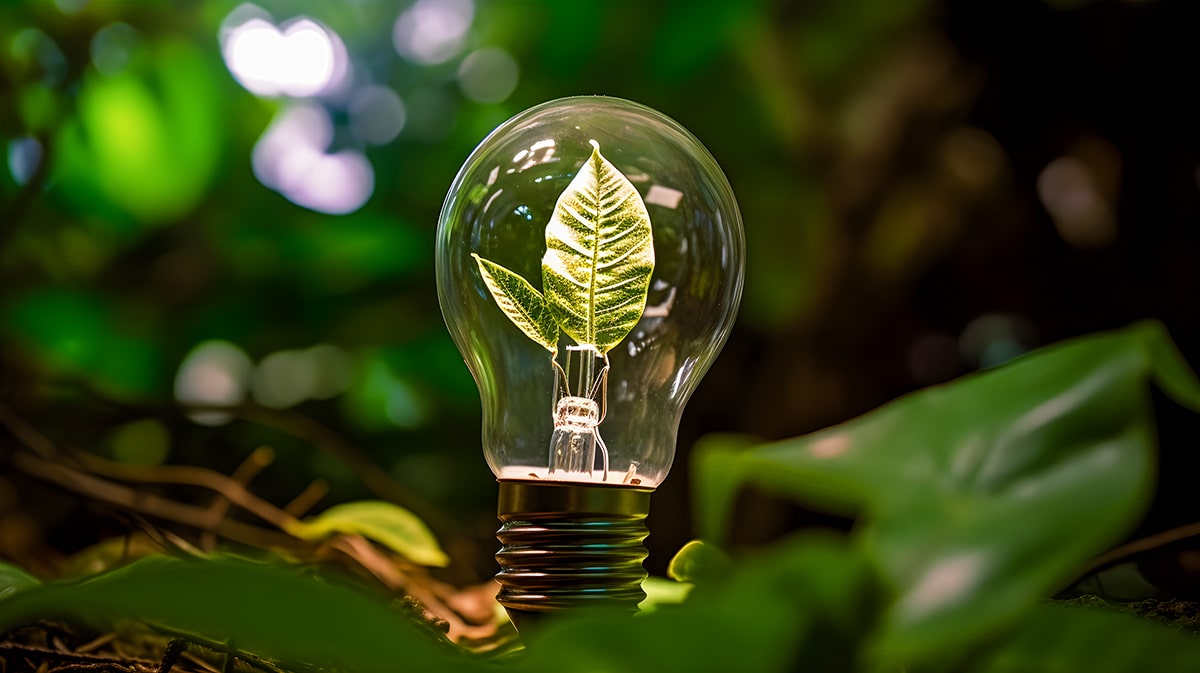What is a Circular Economy?
A circular economy is an economic model that aims to eliminate waste and promote the continuous use and reuse of resources. This model is meant to replace the traditional linear economy model, where resources are extracted, turned into products, and eventually discarded after use. In a circular economy, resources are continually cycled through production, consumption and disposal, with minimal waste. This model represents a shift from the traditional take-make-waste approach to one that promotes sustainable consumption.
Why is a Circular Economy Necessary?
The traditional linear economy model, which is based on a «take-make-waste» approach, has led to severe environmental degradation, including climate change, pollution, and resource depletion. The world’s population is growing, and so is its demand for resources. Without a move towards a circular economy, we will continue to extract more resources than the earth can regenerate and produce more waste that we can manage. Therefore, adopting a circular economy is essential to promoting sustainable production and consumption practices and preserving our environment for future generations.
Benefits of a Circular Economy
A circular economy offers a range of benefits for individuals, businesses, and the environment. Here are some of the most significant benefits:
Reduced Environmental Footprint
A circular economy minimizes waste by promoting the reuse, recycling and recovery of resources throughout the entire life cycle of a product. This translates into a reduction in greenhouse gas emissions, energy consumption, and the depletion of natural resources. Through waste reduction and resource optimization, a circular economy can greatly diminish the environmental footprint of traditional linear economic models.
More Sustainable Production and Consumption Practices
A circular economy encourages businesses to adopt more sustainable production processes, such as utilizing renewable energy sources and using eco-friendly materials. The emphasis on reducing waste throughout the entire product life cycle encourages consumers to adopt more sustainable consumption practices, such as repairing or repurposing goods instead of discarding them.
Reduction in Costs
Becoming more efficient in resource use and reducing waste has cost-saving implications for both individuals and businesses. In a circular economy, businesses can optimize the use of their resources, making their production processes more efficient and reducing their input costs. Individuals can save money by repairing and reusing items instead of buying new ones.
Job Creation
A circular economy can create jobs across many sectors, such as recycling, waste management, and renewable energy. This model encourages innovation and the development of new products and services, opening up new opportunities for entrepreneurs and businesses.
How to Adopt a Circular Economy
Whether you are an individual or a business, there are many ways to start adopting a circular economy model. Here are some practical tips:
Reduce Waste Production
A circular economy requires a significant reduction in waste production. You can do this by adopting a «zero-waste» mindset, which means reducing unwanted waste in your daily life. This can be achieved by avoiding single-use items, composting food waste, and utilizing recycling and upcycling practices.
Adopt Sustainable Consumption Habits
Consumers have a crucial role to play in the transition towards a circular economy. You can adopt sustainable consumption habits by repairing, repurposing, and recycling items rather than discarding them. Consider buying second-hand goods, renting, or purchasing products from companies that promote sustainable business practices.
Promote Resource Optimization in Business Practices
Businesses can optimize their resource use by adopting sustainable production practices, such as using recycled materials and reducing waste throughout production processes. Using renewable energy sources and implementing energy-efficient technologies can also promote resource optimization.
Collaborate with Other Businesses and Stakeholders
Collaboration is fundamental to the circular economy model. Businesses can work with suppliers and customers to encourage responsible resource use and develop innovative solutions for waste reduction. Public and private partnerships can also foster a more circular economy.
The Role of Government and Policy in the Circular Economy
The transition towards a circular economy requires an enabling policy environment and support from governments and policy-makers. Here are some examples of policies that can support the transition:
Extended Producer Responsibility
Extended Producer Responsibility (EPR) is a policy approach that holds producers responsible for the entire life cycle of their products, including disposal. This policy encourages producers to design products that are more recyclable and environmentally sustainable.
Waste Reduction Targets and Recycling Requirement
Governments can set waste reduction targets and implement recycling requirements for businesses and individuals. These policies can result in reduced waste production and increased resource use efficiency.
Circular Public Procurement
Governments and public entities can promote a circular economy by procuring goods and services from sustainable businesses and adopting circular procurement practices. This policy encourages businesses to adopt sustainable practices and develop circular products.
Conclusion
The circular economy represents a new approach to resource management that can contribute to resolving global challenges such as climate change, resource depletion, and waste management. By promoting sustainable production and consumption practices, a circular economy can reduce the environmental footprint of traditional linear economic models and create a more sustainable future. Individuals and businesses should embrace the circular economy by adopting sustainable practices and collaborating with other stakeholders. Governments and policy-makers have a crucial role to play in supporting and enabling the transition towards a more circular economy.

Deja una respuesta